The story behind the manufacturing of cotton fabric is a tale that spans centuries and continents, weaving together the ingenuity of humans, the marvels of technology, and the intricate art of textile production. It’s a story that begins in the fields and ends in our everyday lives, showcasing the journey from raw material to finished product.
Ancient Beginnings: The history of cotton fabric manufacturing can be traced back to ancient civilizations, particularly in the Indus Valley and Nile River regions. Cotton was cultivated and spun into yarn using simple tools, creating the foundation for what would later become a global industry.
Industrial Revolution: The 18th century marked a significant turning point with the onset of the Industrial Revolution. Innovations like the spinning jenny and the power loom mechanized the production of cotton fabric, drastically increasing its availability and affordability. The textile mills of England became the epicenter of cotton fabric manufacturing during this time.
Cotton and Slavery: Cotton’s popularity led to the expansion of cotton plantations in the American South. The invention of the cotton gin by Eli Whitney in 1793 revolutionized the processing of cotton fibers, but it also perpetuated the demand for slave labor. The cotton industry became deeply entwined with issues of slavery and social justice.
Global Impact: Cotton fabric became a global commodity, connecting regions through trade networks. The demand for cotton from colonies and other parts of the world fueled colonial economies and shaped global trade dynamics.
Innovation and Technology: Advancements in technology continued to transform cotton fabric manufacturing. Steam power, mechanization, and later, automation, revolutionized the efficiency and scale of production. Factories became centers of industry, and mass production led to an influx of cotton textiles into markets worldwide.
Sustainability and Ethics: As cotton production grew, so did concerns about its environmental impact and labor practices. The shift toward organic cotton, fair trade practices, and sustainable production methods reflects a growing awareness of these issues in the modern era.
Cultural Identity and Fashion: Cotton fabric is not just a utilitarian material; it carries cultural significance and is often interwoven with local traditions, identities, and fashion trends. Different regions have developed unique weaving techniques, dyeing methods, and patterns that reflect their heritage.
Contemporary Landscape: Today, the manufacturing of cotton fabric has evolved into a sophisticated industry that combines traditional craftsmanship with cutting-edge technology. It embraces both artisanal practices and large-scale production, catering to a diverse range of consumer preferences and demands.
The story behind the manufacturing of cotton fabric is a narrative of human resilience, creativity, and adaptability. From humble beginnings to its role in shaping economies and cultures, cotton fabric remains a fabric of history and progress, connecting us to our past while continuing to shape our present and future.


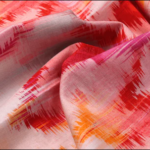
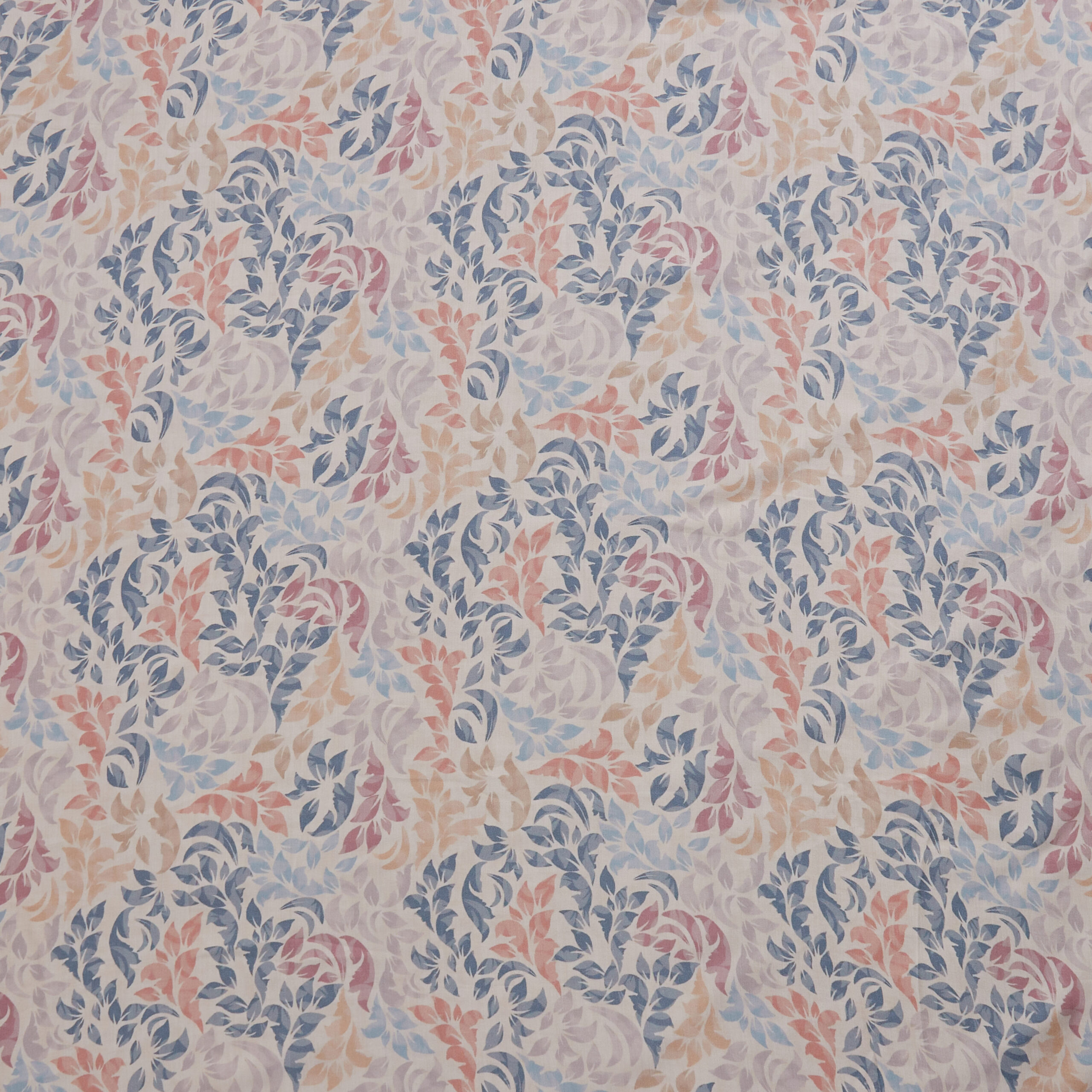
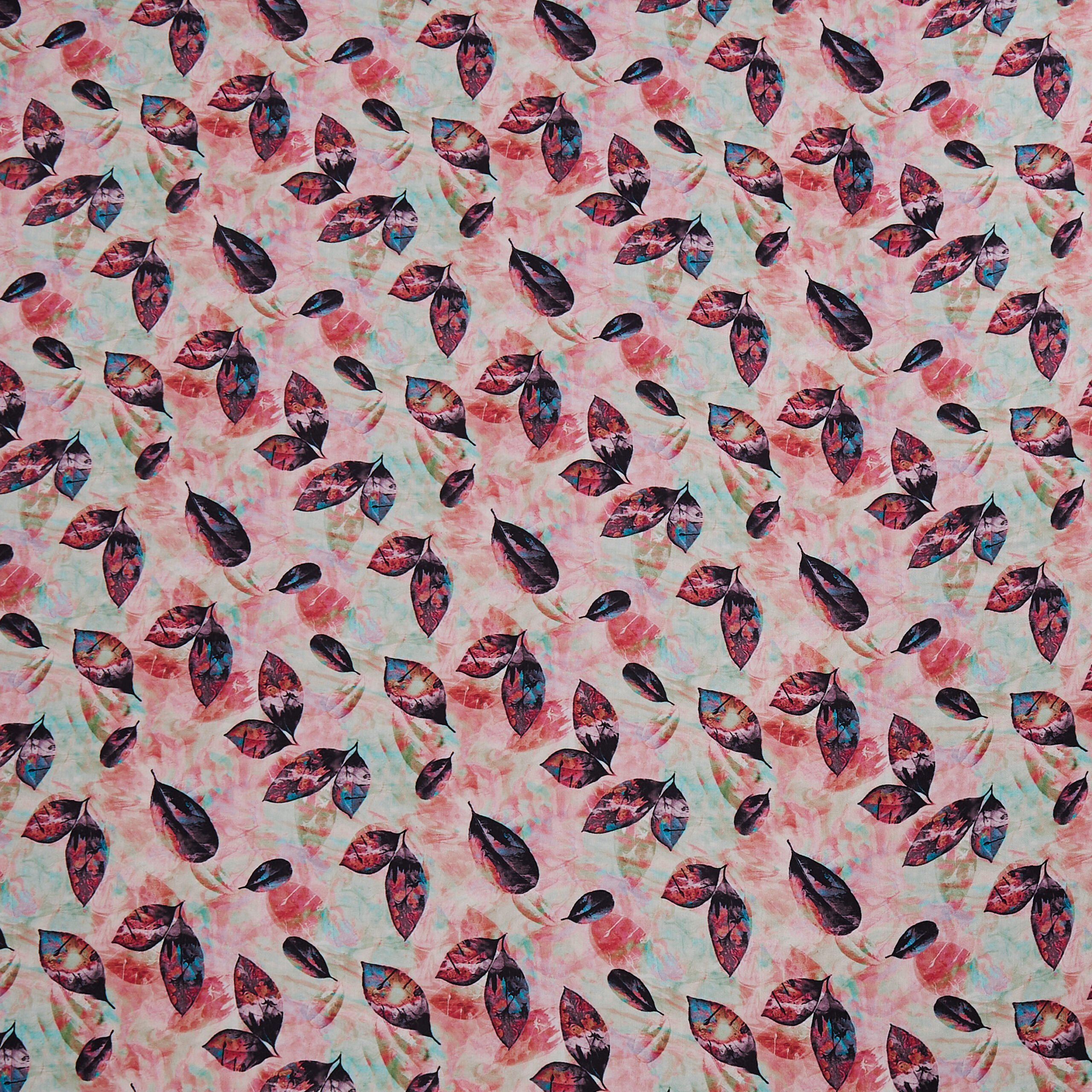
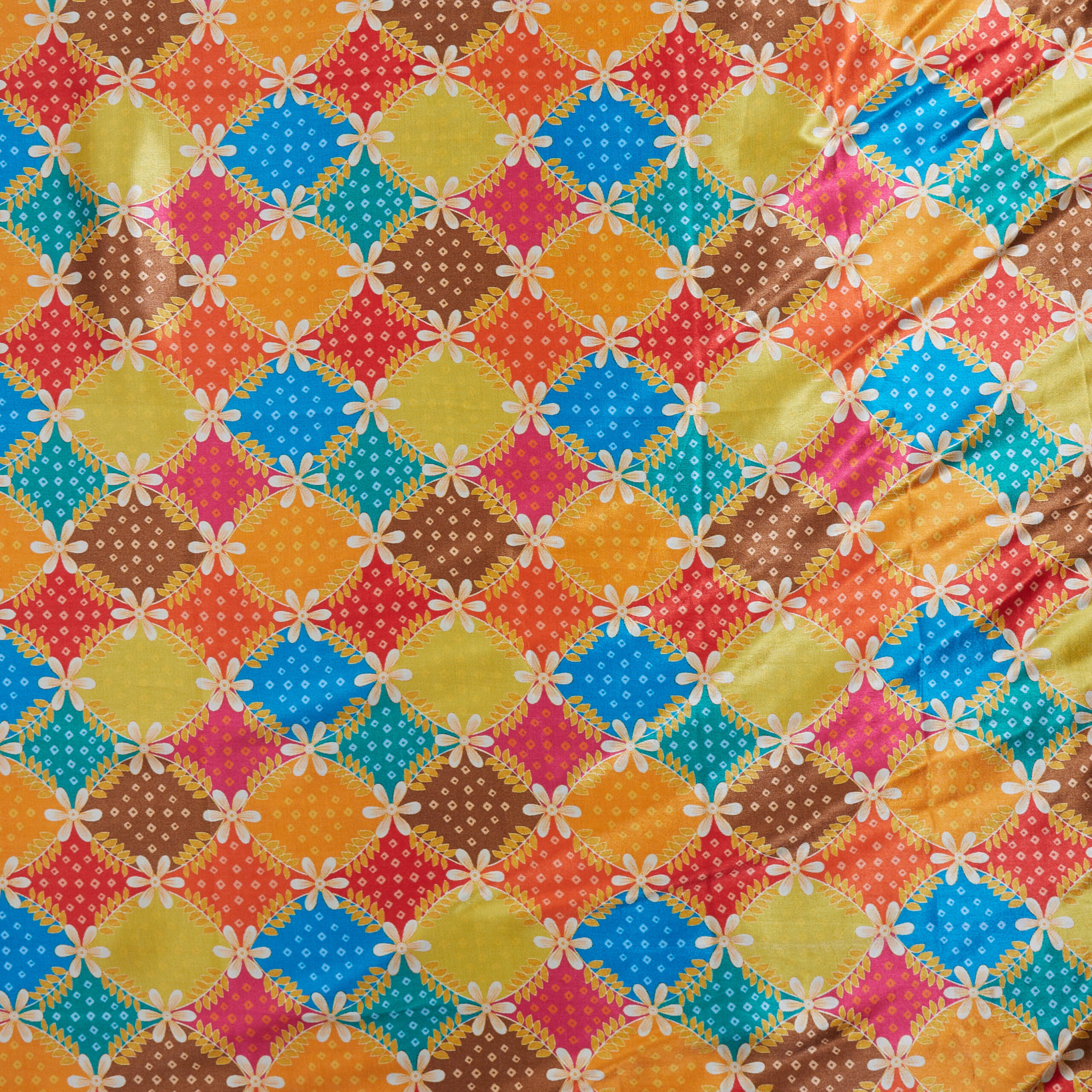
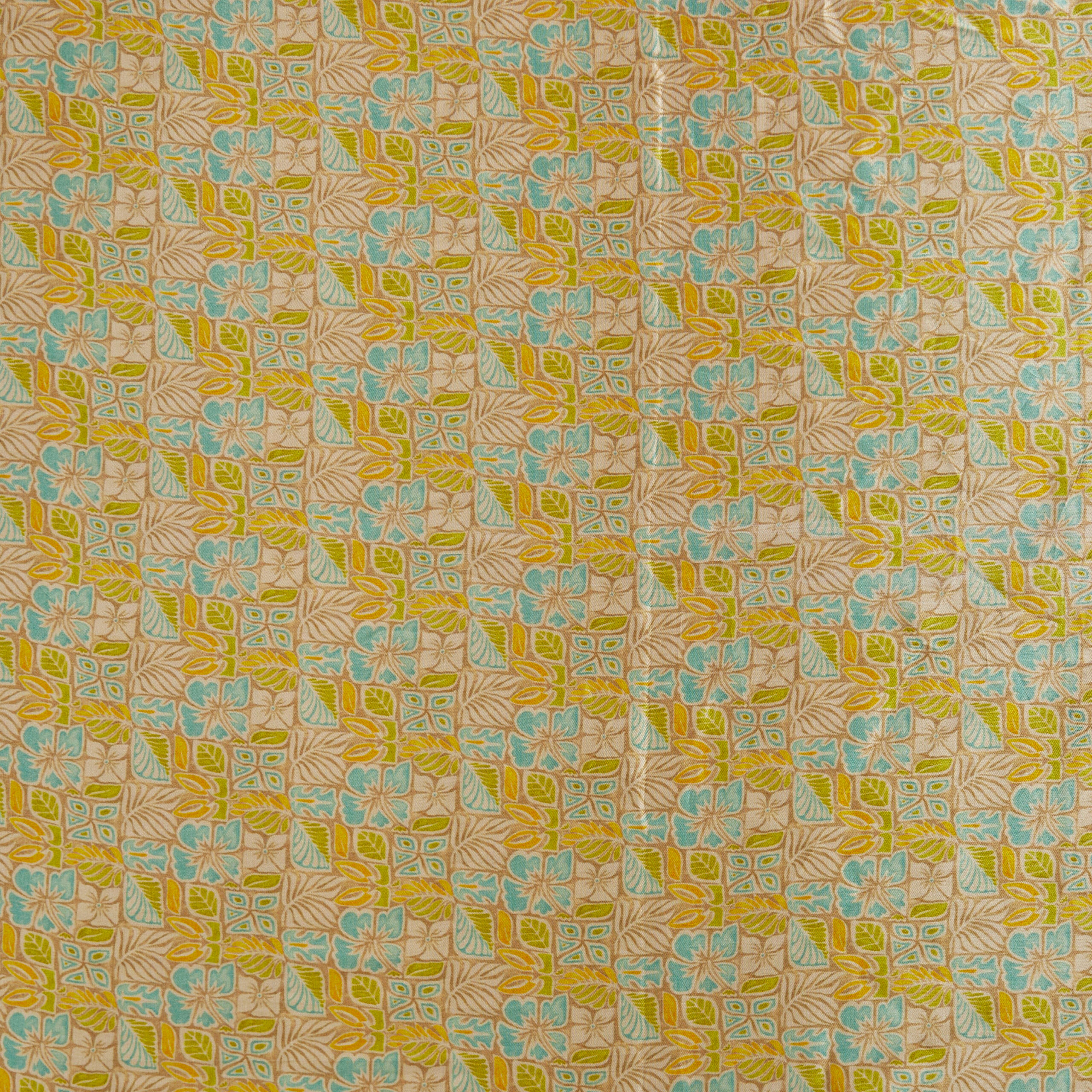

 Viscose
Viscose